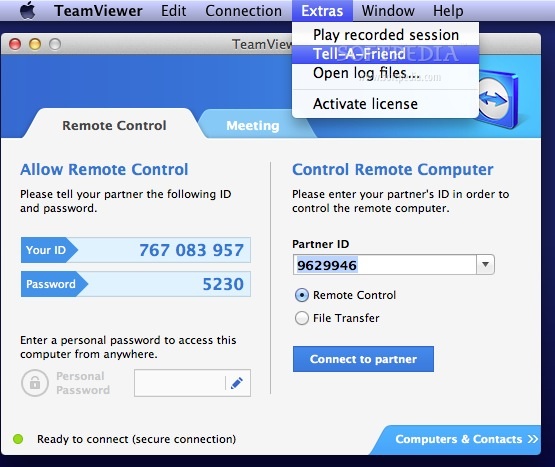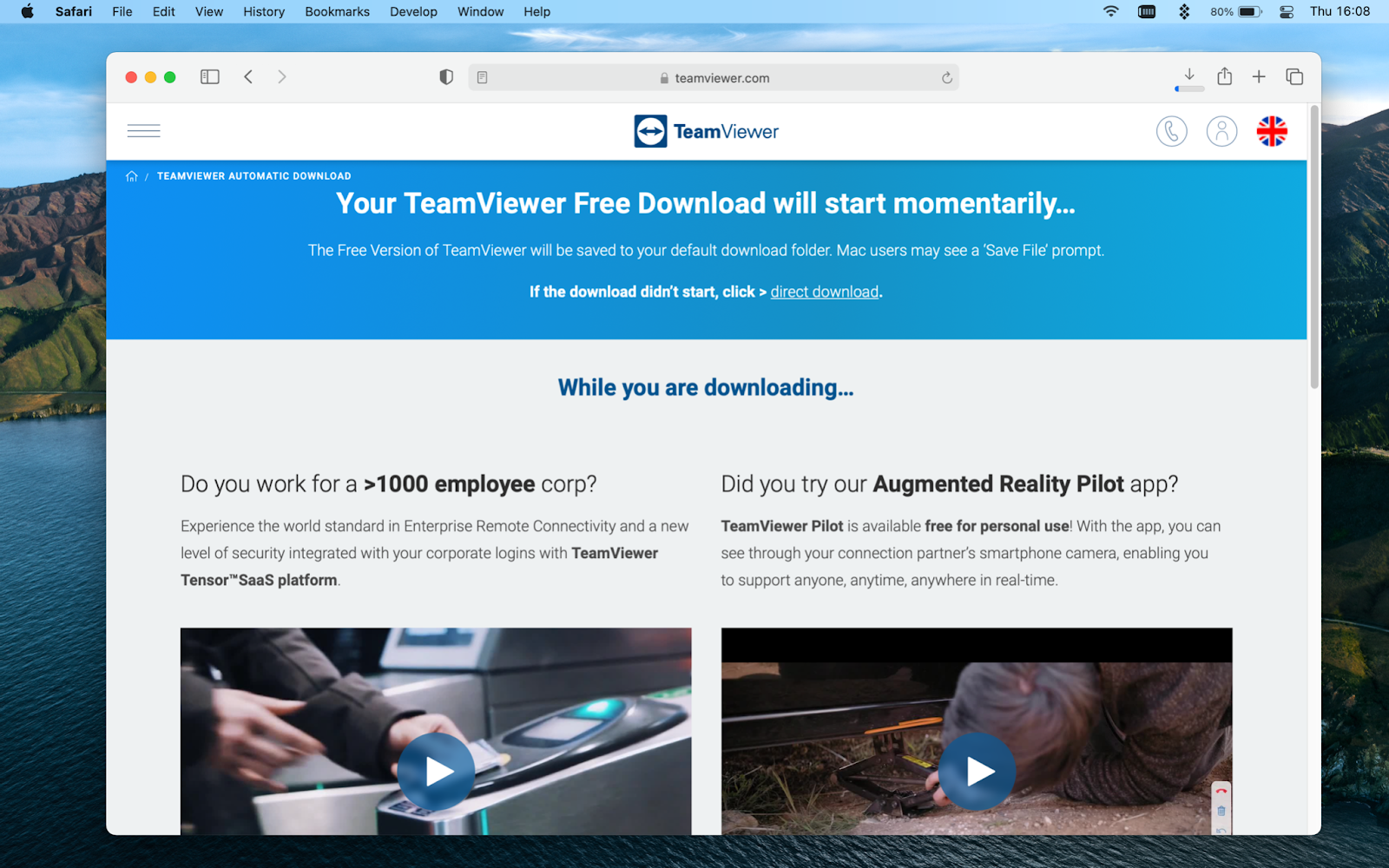

There's a whole universe of cloud-based screen sharing tools, the most popular of which might be TeamViewer. The following AppleScript will launch System Preferences, open the Displays pane, and click the drop down menu to select the iPad. The final nail in the coffin might be that Sidecar needs to be initiated by the Mac.unless you're willing to toy around with Shortcuts, Keyboard Maestro, and AppleScript: Sometimes there's an uncorrectable offset that makes everything very hard to control. But I've even had problems with the mapping of the Pencil to the host Mac's cursor. Sidecar does not support touch interaction, nor does it support the iPadOS cursor, leaving the Apple Pencil as the only input method. But the iPad is the only client, and it is not meant for remote access, just for extending your desktop.
#Apps like teamviewer for mac mac#
It supports retina resolutions on your iPad even if your Mac doesn't. Sidecar is a modern, native screen broadcasting implementation. That being said, the performance is excellent. Not only do you need to be on the local network, but you need to be within close proximity of the host Mac. Unfortunately the scope of this feature is very narrow. In macOS Catalina, Apple introduced Sidecar, allowing you to see and control a Mac's screen on your iPad.

Video, design, gaming, or really any prolonged usage are all out of the question.
#Apps like teamviewer for mac full#
In fact, on iPadOS Screens has full cursor support, which makes controlling a host Mac with a trackpad or mouse feel almost entirely native.īecause of the frequent lag and image issues, VNC is only good for utility purposes. There is also a built-in client program ( Screen Sharing), but third party options – like Screens 4 – offer better features, and are available for Mac, iPhone, and iPad. Depending on network speed, you may have some image artifacts, but you can adjust the quality of the image if necessary.Īs a Mac user, the configuration of VNC couldn't be simpler since the server is built into macOS. VNC works anywhere on the local network and can be made available on the internet via either VPN or port forwarding (though I wouldn't suggest the latter). (At this point I also want to acknowledge that RDP exists, though being on Mac, I don't use it.) Virtual Network Computing is a standard network protocol for viewing and controlling a different computer's GUI. However the viability of each is heavily dependent on the use case. Ideally through an iPad.īut whether at home or on the road, on a laptop, an iPad, or even an iPhone, there are lots of options for sharing a computer's screen. But anything more than that, and we enter the realm of screen sharing. Watching some home videos? Plex does the job. Just browsing files? Mounting a few SMB shares works fine (though Apple's SMB stack is atrocious - perhaps a rant for another time). How I access the Mini depends on what I'm doing. And it works great! I can jump on any device in the house, access the Mini, and have everything I need. This Mini’s sole purpose is to be my “Mac in the sky”.

Over time I've even transformed my primary desktop (a Mac Pro) to a thin client of sorts, moving almost all of my data to a headless Mac Mini server with a Thunderbolt 3-attached RAID. Their 2010’s strategy of “ demoting the Mac to ‘just another device’”, not so much.)Įven as our household has expanded to include multiple desktops, laptops, and iOS devices, I have still held on to the "home base" mentality of my desktop Mac. (Apple’s mid-2000’s digital hub strategy really resonated with me. Though I do use laptops I'm very much in the desktop camp, partly because they feel like a true “home base”. And in recent years, I have been able to get closer to this dream. My long-held vision for an ideal thin client could be described as a “Mac in the sky” - with the hardware I’m holding in my hand being nothing more than a portal to the Mac on my desk.


 0 kommentar(er)
0 kommentar(er)
